Conversion of Mixed Fractions into Improper Fractions
To convert a mixed number into an improper fraction, we multiply the whole number by the denominator of the proper fraction and then to the product add the numerator of the fraction to get the numerator of the improper fraction. Its denominator is the same as the
denominator of the fractional part i.e.,
In conversion of mixed fractions into improper fractions, we may follow the following steps:
Step I: Obtain the mixed fraction.
Step II: Identify the whole number and the numerator (top) and denominator (bottom) of the proper fraction.
Step III: Multiply the whole number by the denominator of the proper fraction and add the result to the numerator of the proper fraction.
Step IV: Write the fraction having numerator equal to the number obtained in step III and denominator same as the denominator of the fraction in step II. Thus,
For Example:
1. Convert 356 into an improper fraction:
Solution:
356 = 3×6+56 = 18+56 = 236
2. Express each of the following mixed fractions as improper fractions:
(i) Convert 847 into an improper fraction.
847 means 8 whole and 47.
47
Solution:
847 = 1 + 1 + 1 + 1 + 1 + 1 + 1 + 1 + 47
or, 847 = 77 + 77 + 77 + 77 + 77 + 77 + 77 + 77 + 47 = 607, [77 means 1)
We can also convert a mixed number into an improper fraction as follows.
First multiply the whole number by denominator. Here (8 × 7) + 4 = 60. Now, put the sum as the numerator of the required improper fraction and the denominator remains the same.
847 = (8×7)+47 = 56+47 = 607
Thus, 847 = 607
(ii) 327
= (3×7)+27
= 21+27
= 237
(iii) 459
= (4×9)+59
= 36+59
= 419
(iv) 325
= (3×5)+25
= 15+25
= 175
(v) 714
= (7×4)+14
= 28+14
= 294
Conversion of a Mixed Fraction into an Improper Fraction:
3. Let us convert 545 into an improper fraction.
Step I: Multiply the whole number 5 by the denominator 5. [5 × 5 = 25]
Step II: Add the numerator to it. [25 + 4 = 29]
Step III: This gives the numerator of the improper fraction. [297]
Denominator will remain the same. So. 545 = 297
Worksheet on Conversion of Mixed Fractions into Improper Fractions:
1. Convert the following into Improper Fractions:
(i) 413
(ii) 212
(iii) 423
(iv) 749
(v) 457
Answer:
1. (i) 133
(ii) 52
(iii) 143
(iv) 679
(v) 337
● Fraction
Representations of Fractions on a Number Line
Conversion of Mixed Fractions into Improper Fractions
Conversion of Improper Fractions into Mixed Fractions
Interesting Fact about Equivalent Fractions
Addition and Subtraction of Like Fractions
Addition and Subtraction of Unlike Fractions
Inserting a Fraction between Two Given Fractions
From Conversion of Mixed Fractions into Improper Fractions to HOME PAGE
Didn't find what you were looking for? Or want to know more information about Math Only Math. Use this Google Search to find what you need.
Recent Articles
-
Properties of Multiplication and Division of Fractions Worksheet | Ans
Apr 10, 25 03:17 PM
In properties of multiplication and division of fractions worksheet you will get different types of questions based on properties of multiplication of fractional numbers and properties of division of… -
Word Problems on Fraction | Math Fraction Word Problems |Fraction Math
Apr 09, 25 01:44 AM
In word problems on fraction we will solve different types of problems on multiplication of fractional numbers and division of fractional numbers. -
Multiply a Number by a 2-Digit Number | Multiplying 2-Digit by 2-Digit
Apr 08, 25 01:13 PM
How to multiply a number by a 2-digit number? We shall revise here to multiply 2-digit and 3-digit numbers by a 2-digit number (multiplier) as well as learn another procedure for the multiplication of… -
Multiplication | How to Multiply a One, Two or Three-digit Number?
Apr 08, 25 01:08 PM
In multiplication we know how to multiply a one, two or three-digit number by another 1 or 2-digit number. We also know how to multiply a four-digit number by a 2-digit number. We also know the differ… -
Addition of 4-Digit Numbers | 4-Digit Addition |Adding 4-Digit Numbers
Apr 08, 25 12:43 PM
We will learn about the addition of 4-digit numbers (without carrying and with carrying). We know how to add 2 or 3, 3-digit numbers without carrying or with carrying.


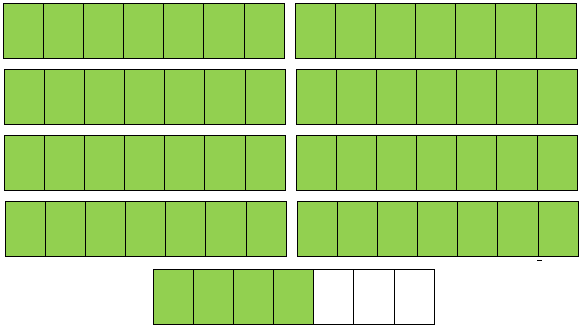
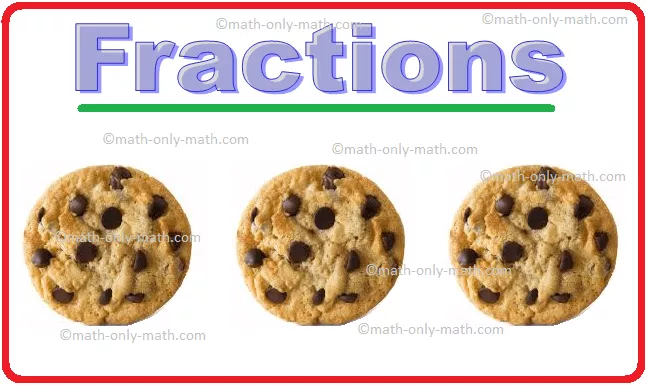
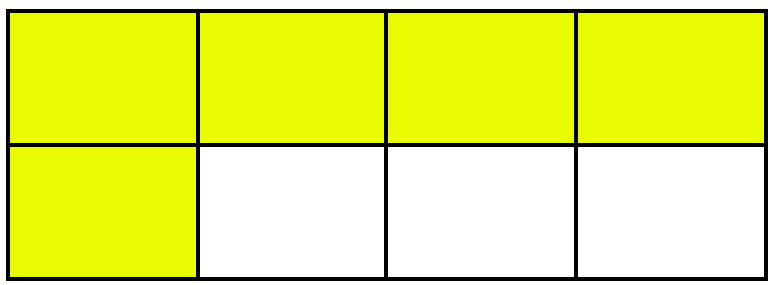

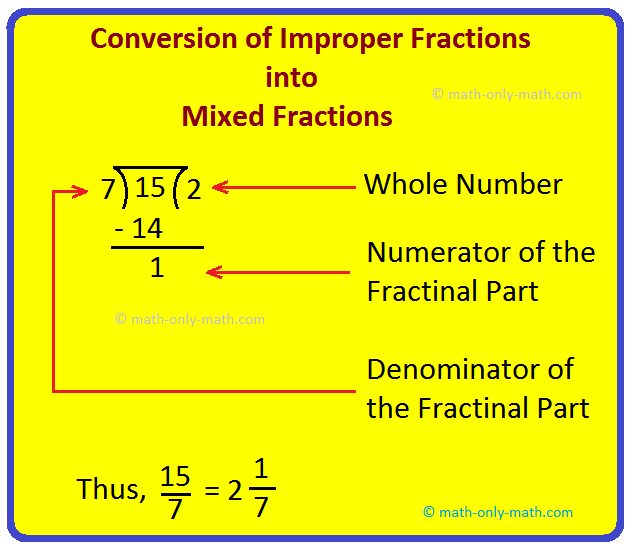



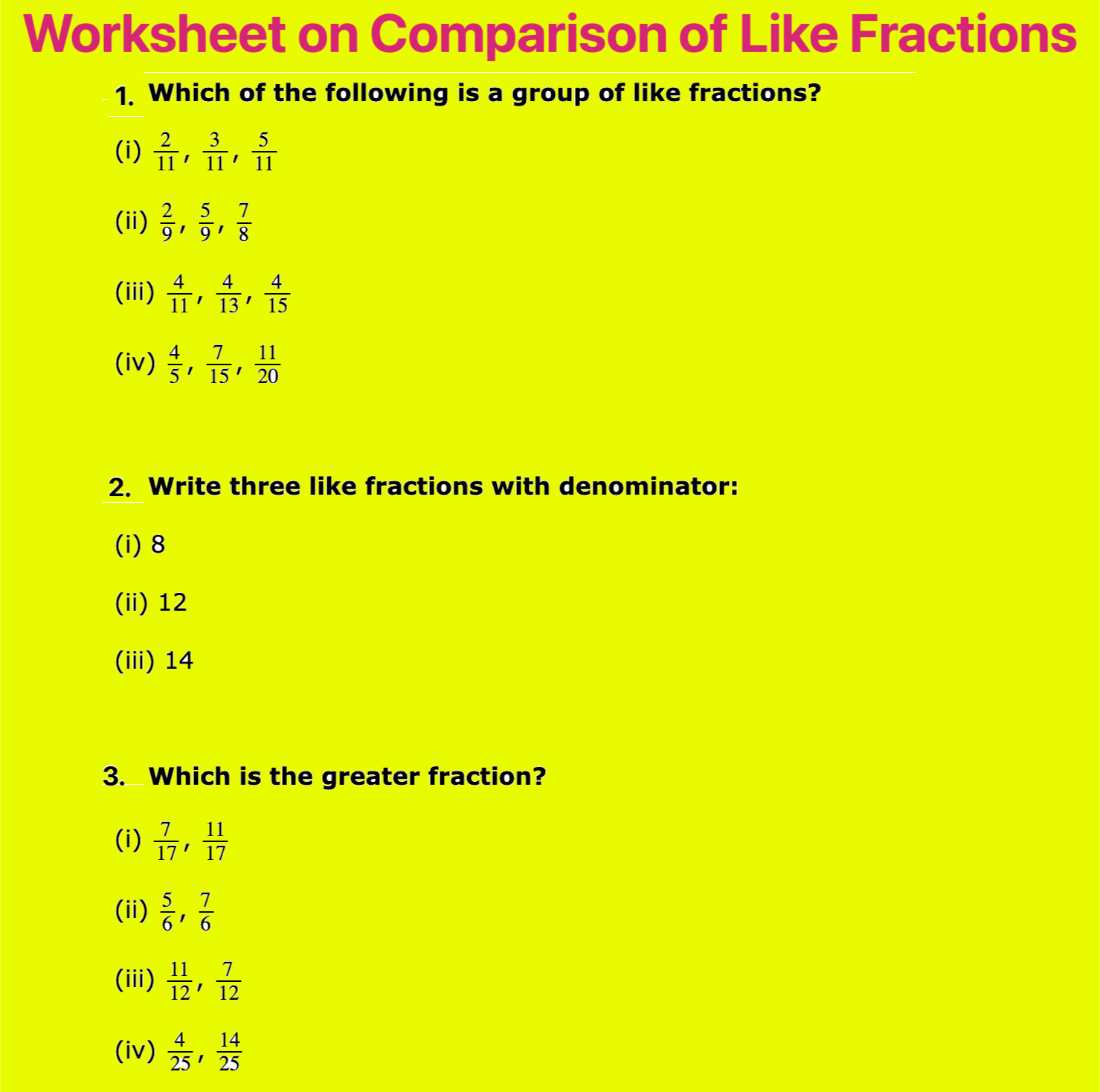



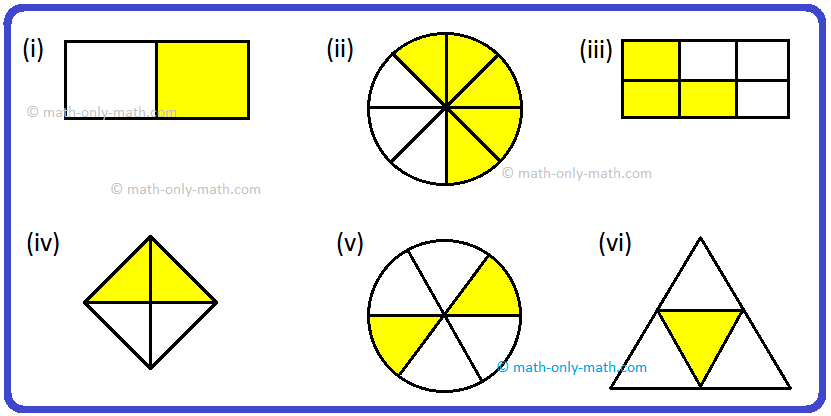


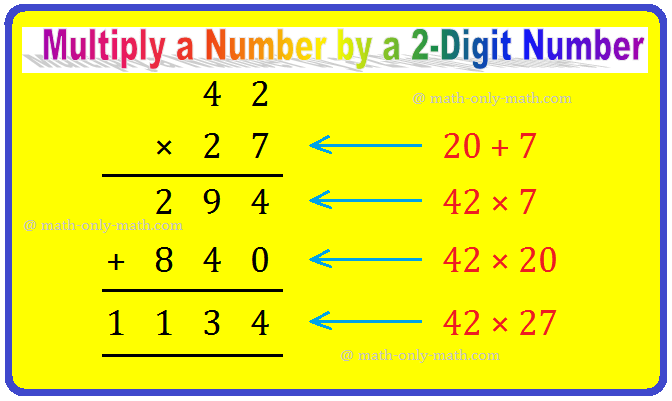

New! Comments
Have your say about what you just read! Leave me a comment in the box below. Ask a Question or Answer a Question.